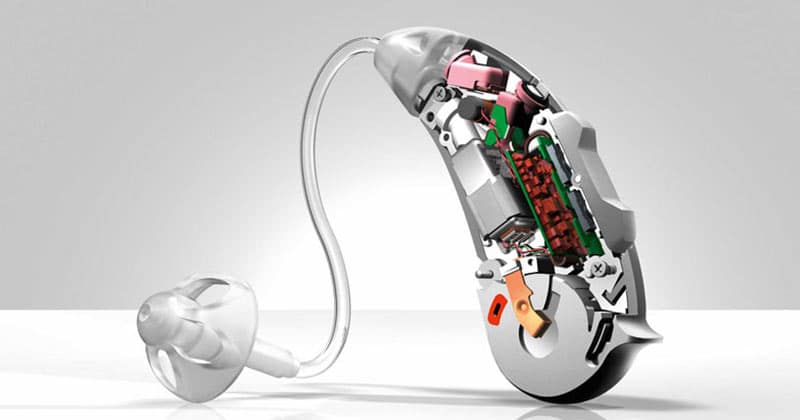Do you ever wonder how your mobile phone actually works or your TV for that matter? Many of us do but we don’t take them apart to see and even if we did what would we really learn?
Hearing aids are no different. They’re very complicated and pack so much technology into such a small area but we can actually visualise how they work relatively easy.
Most hearing aids are made up of certain components that never change. They’re like mini laptops with fast processing speeds that allow you to hear clearly. As technology gets better the closer we can get to actually replicating normal hearing. The essential components are two microphones, an amplifier, a receiver and the actual brain of the hearing aid the chip that works it.
Lets look at this little video on how the different parts combine to make this particular hearing aid from the hearing technology company Signia.
Hearing aids are no different. They’re very complicated and pack so much technology into such a small area but we can actually visualise how they work relatively easy.
Most hearing aids are made up of certain components that never change. They’re like mini laptops with fast processing speeds that allow you to hear clearly. As technology gets better the closer we can get to actually replicating normal hearing. The essential components are two microphones, an amplifier, a receiver and the actual brain of the hearing aid the chip that works it.
Lets look at this little video on how the different parts combine to make this particular hearing aid from the hearing technology company Signia.
Let’s look at each component in a hearing aid
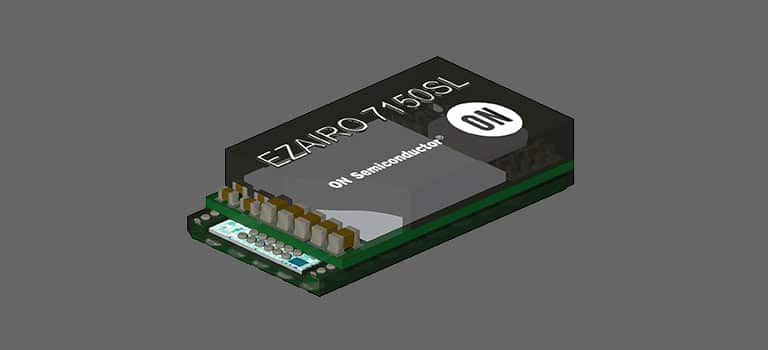
1 THE HEARING CHIP & PROCESSOR
The engine of the hearing aid. The part that will determine how well you hear. Most manufacturers can access the same receivers and amplifiers but their individual chips are where they keep their cards close to their chest. This component will transfer the incoming signals and re-tune them to deliver outgoing signals to help you hear better. Every hearing device will have this little super min supercomputer inside of it. The better the memory in the processor and the quality of it will define and refine how well you will hear.
Not all processors are created equal even if 2 hearing aids LOOK identical if the processor is different, they will perform differently which could be the difference between you hearing okay and hearing amazing.
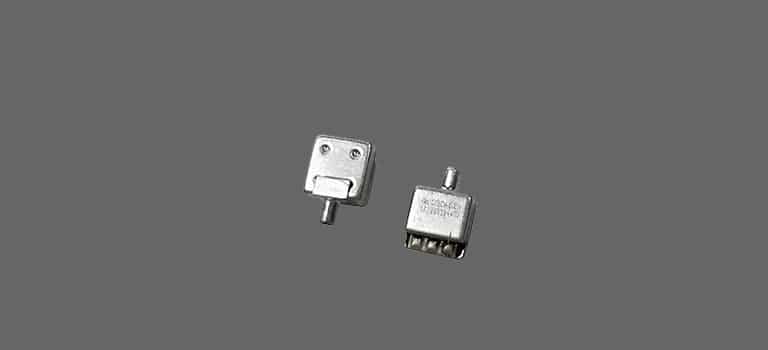
2 HEARING AID MICROPHONES
The job of the mics is to pick up the incoming or real world signal change it into an electrical format and deliver it to the processor.
Hearing instrument microphones are very small and need to be precised that why we at Lanarkshire Hearing Centre clean and check your microphones every 6 months. If your microphones are not cleaned regularly the processor cant do it job correctly
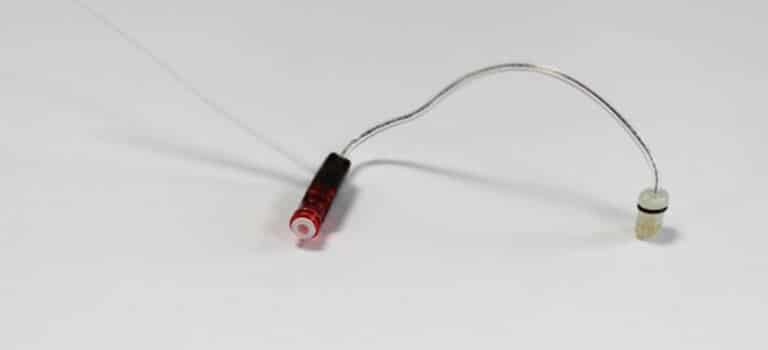
3 RECEIVER & WIRE
Most modern hearing aids in the private sector are what are known as RIC’s or RITE’s which stand for Receiver in the Ear (RITE) Or Receiver in the Canal (RIC). This is the type of hearing instrument you seen in the video above. These type of hearing aids account for over 80% of bought hearing aids in the UK. The wire runs from the hearing aid and ends at the receiver. The receiver is then placed in the ear and delivers clear sound that has been updated by the processor.
Again we feel it is important to have this checked regularly to make sure the sound is being delivered to the ear drum correctly.
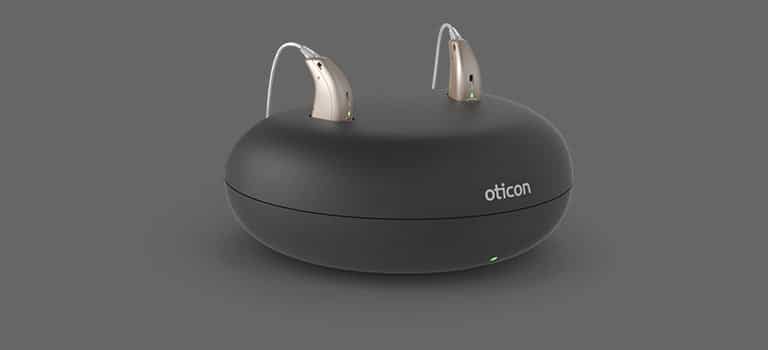
4 POWER SOURCE
With more and more hearing instruments becoming rechargeable power source could either be battery or if it’s a rechargeable hearing aids lithium ion.
Both use lithium ion technology. If your hearing aid uses a battery it generally needs changing once per week. If your hearing aid is rechargeable you need to charge it every evening.

5 HEARING AID CASING
This is the housing. There are many different shapes and sizes not to mention colours. The smallest hearing aid is made by Unitron and is known as the Moxi now.
The Styletto hearing aid from Signia is the most disruptive. It takes a very different look at how it should be styled and moves into bold and striking colours with sleek design. More information on the Styletto hearing instrument can be found here.
Most housings on hearing aids are now waterproof and can withstand the rigors of normal daily life. Not that we would recommend swimming with them!! They will also stand up to sweat if you work out in the gym.
OK so we know the nuts and bolts of a hearing aid but how does it help me hear better? First of all let’s look at how the ear works. Sound is funnelled down the ear canal. Its transferred to the brain by first going from your ear drum across some little bones then into your hearing nerve known as the cochlea. The cochlea or hearing nerve then transfers the signal up your auditory nerve to your brain. Your brain then decodes this electrical information and you hear.
If you have hearing loss then not all the signals can get to the brain. We establish how well these sounds get to the brain with a hearing test. A hearing test is when we check all different frequencies or pitches and measure them against what is known as average normal hearing. Form more information on hearing tests click here.
If you have hearing loss then not all the signals can get to the brain. We establish how well these sounds get to the brain with a hearing test. A hearing test is when we check all different frequencies or pitches and measure them against what is known as average normal hearing. Form more information on hearing tests click here.
Once we have carried out a hearing test we can then advise if there is hearing loss present. Your hearing aid will then bridge the gap between the part that might not be functioning correctly and what is going on in the outside world.
Hearing aid manufacturers are constantly trying to improve this link. They do this by making better components as described above.
Hearing aids have been a solution to bridging the gap between real world sound and what you hear in the brain. Its only recently that the technology has been available to bridge the gap in an almost perfect way.
Hearing aid manufacturers are constantly trying to improve this link. They do this by making better components as described above.
Hearing aids have been a solution to bridging the gap between real world sound and what you hear in the brain. Its only recently that the technology has been available to bridge the gap in an almost perfect way.
